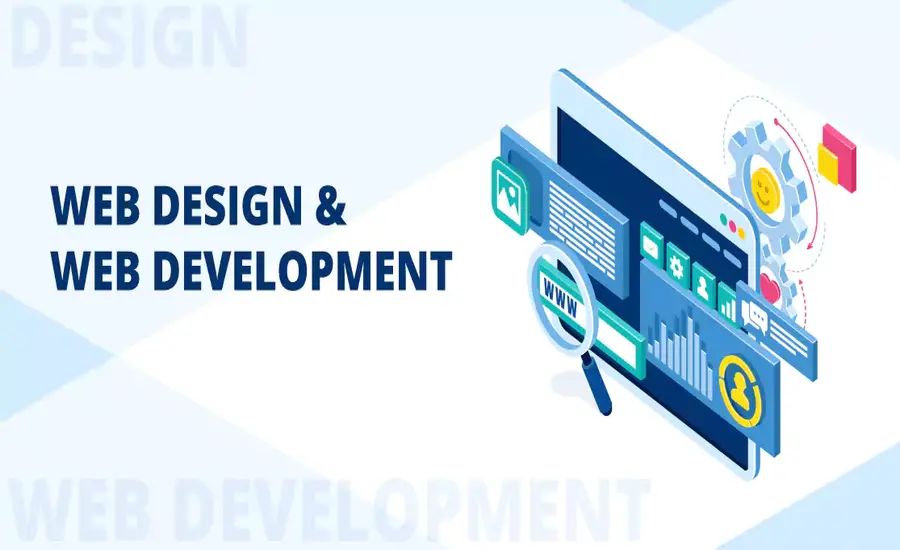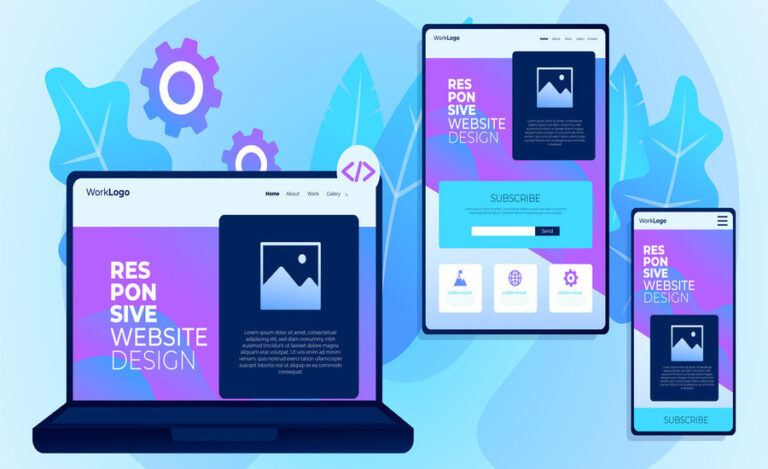The Rise of Web Design Businesses: Trends and Innovations
In the ever-evolving landscape of technology, the web design industry has seen a remarkable surge in growth and innovation. As businesses increasingly recognize the necessity of a strong online presence, web design has emerged as a critical component of digital marketing strategies. This article explores the current trends and innovations driving the growth of web design businesses, providing insights into how companies are adapting to meet the demands of a digital-first world. From user experience design to the integration of artificial intelligence, we will delve into the key factors that are shaping the future of web design.
The Growing Importance of User Experience (UX)
One of the most significant trends in web design today is the growing emphasis on user experience (UX). According to a study by the Nielsen Norman Group, a well-designed user experience can increase conversion rates by up to 400%. This statistic highlights the importance of creating websites that are not only aesthetically pleasing but also intuitive and user-friendly. As a result, web agency businesses are investing heavily in UX research and testing to better understand user behavior and preferences.
The Integration of Artificial Intelligence
Artificial intelligence (AI) is another transformative force within the web design industry. AI-powered tools are enabling designers to automate repetitive tasks, streamline workflows, and enhance creativity. For instance, platforms like Wix and Squarespace have incorporated AI-driven design assistants that can generate website layouts based on user input and preferences. This innovation allows even those with minimal design experience to create professional-looking websites.
The Rise of No-Code and Low-Code Platforms
The emergence of no-code and low-code platforms has democratized web design, enabling individuals and businesses without extensive technical expertise to create and manage their websites. Tools such as Webflow, Bubble, and WordPress have made it possible for users to build fully functional websites through intuitive drag-and-drop interfaces and pre-built templates. This trend is reshaping the landscape of web design, allowing small businesses and startups to establish a digital presence without the need for significant investment in custom development.
Emphasis on Accessibility and Inclusivity
In recent years, there has been a growing awareness of the importance of accessibility in web design. With approximately 1 in 5 people in the United States living with a disability, making websites accessible to all users is not just a legal requirement but also a moral imperative. The Web Content Accessibility Guidelines (WCAG) provide a framework for creating inclusive digital experiences, and many web design businesses are prioritizing compliance with these standards.
The Impact of E-commerce Growth
The COVID-19 pandemic has accelerated the shift towards e-commerce, with online shopping becoming a primary mode of consumer behavior. According to eMarketer, global e-commerce sales reached $4.28 trillion in 2020, and this figure is expected to continue rising in the coming years. This surge in online shopping has prompted businesses to invest in robust e-commerce websites, resulting in a significant increase in demand for web design services tailored to e-commerce.
Conclusion
The rise of web design businesses is a testament to the increasing importance of a strong online presence in today’s digital era. As trends such as user experience optimization, AI integration, no-code platforms, accessibility, and e-commerce growth continue to influence the industry, web design firms must stay ahead of the curve to remain competitive. The landscape of web design is dynamic, and those who embrace innovation and adapt to changing consumer needs will thrive in the future.






